2005 saw Blackpool-based TVR under new ownership, but work on what would become arguably its most eye-catching model had begun under the previous regime. When it arrived at the Autocar office, it made quite the impression:
TVR may consider the Sagaris to be its finest creation yet – but we can’t help thinking they made a terrible spelling mistake with the name. Surely, they should have called it Thugaris? This car looks like the result of some bizarre scientific experiment involving a giant insect, an MGB GT and a wind tunnel. But what it represents, according to TVR, is a radical improvement for the factory in terms of build quality, performance and chassis dexterity.
It’s surprisingly small, yet the drama of its stance and its details lend it massive road presence. Beneath the bonnet, but mounted so far back in the chassis as to make for a front/mid-engined designation, lies Blackpool’s 3996cc aluminium straight six tuned to produce 406bhp between 7000rpm and 7500rpm and 349lb ft at 5000rpm. Suspension is via unequal-length double wishbones at each corner, coupled with coil springs more than two times stiffer than those of any previous TVR road car, which marks a radical change in dynamic philosophy. Meanwhile, new company owner Nikolai Smolenski has also altered the way his cars steer, dialling down the aggression and slowing the Sagaris’s rack to two full turns between locks.
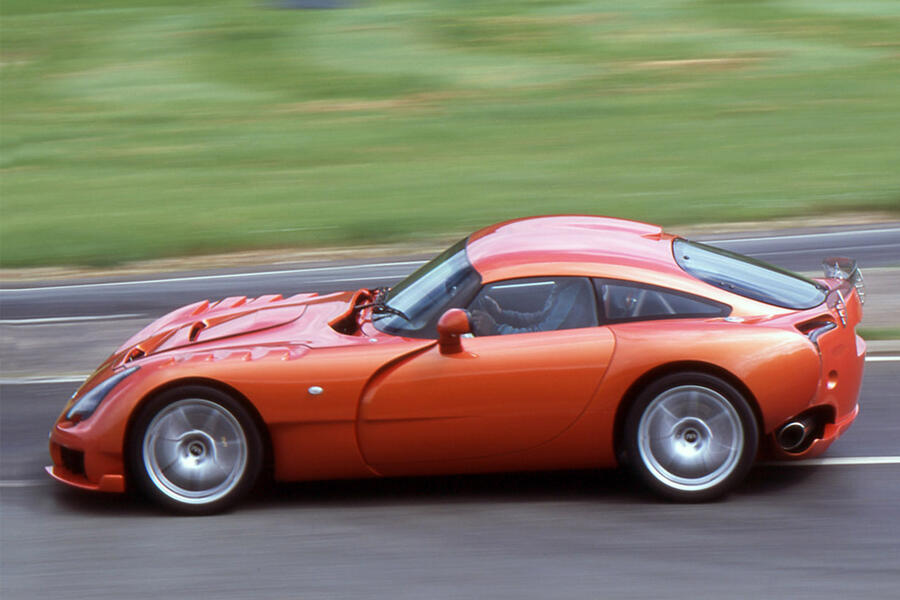
The car’s surprisingly progressive part-throttle acceleration is to do with two things: the length of travel of the accelerator pedal and the length of the gearing. This is a car geared to top 60mph in first gear and 100mph in second. Only once you’ve processed that can you realise just how fast it is. By the time 60mph arrives, the juggling act between throttle, clutch, tyres and Tarmac is barely resolved; and still it’ll come up in under 4.0sec. In most situations and conditions, this car’s depth of performance potential far outweighs any opportunity to exploit it.

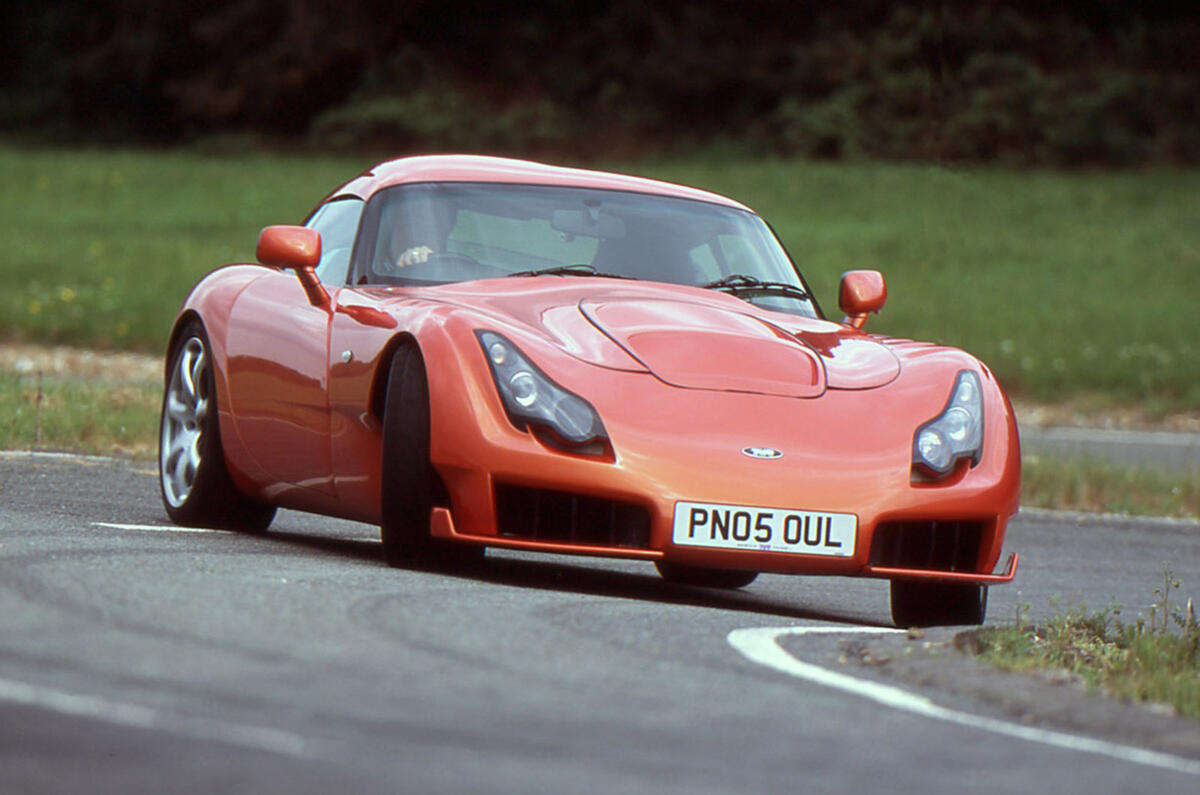
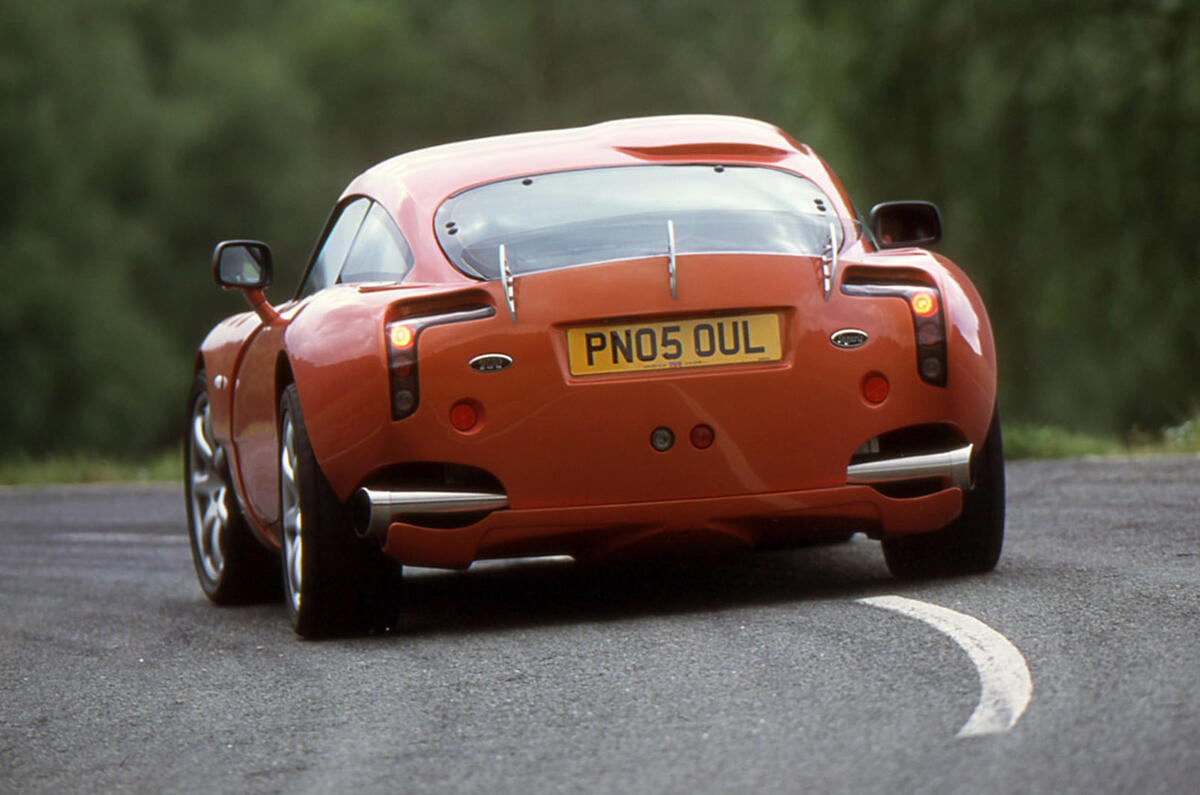
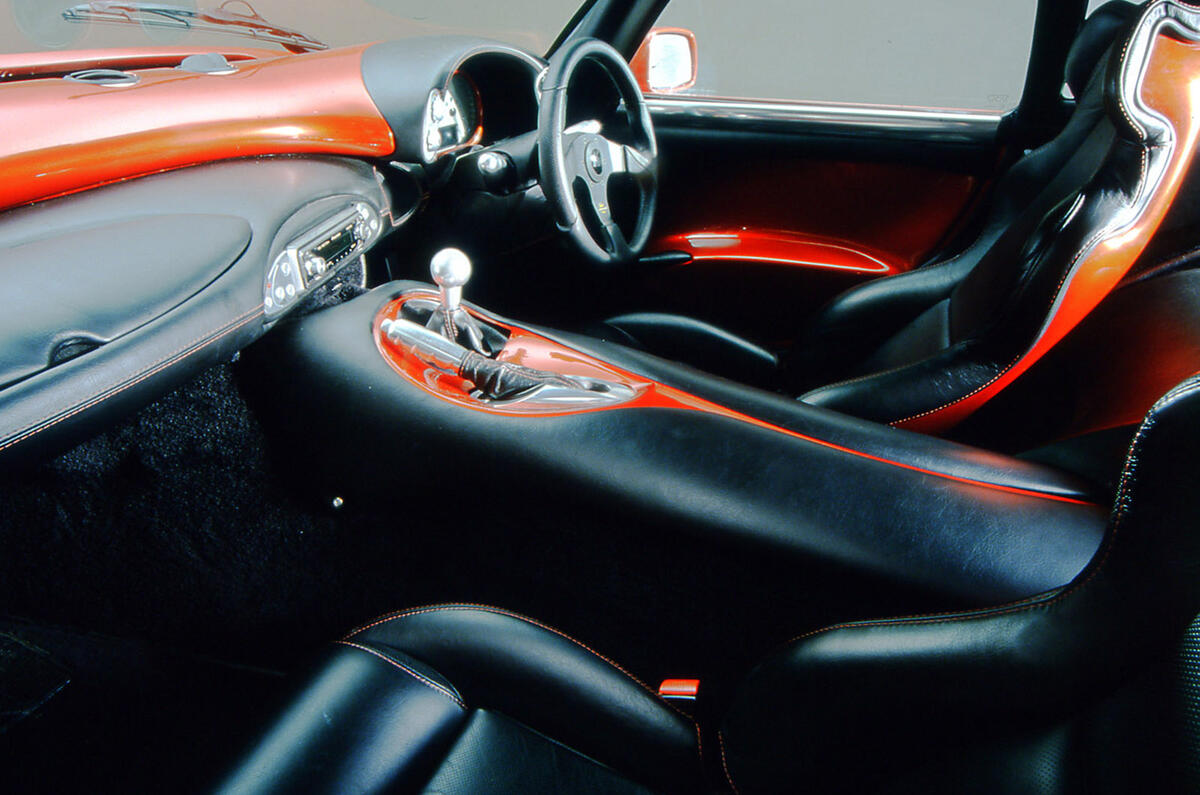

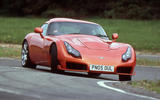







Join the debate
Add your comment
How much better was the
How much better was the Sagaris than other TVRs? Looking at the used market, huge choice of tempting TVRs available around £20-30k, but a pampered Sagaris is around £70k. That's a huge discrepancy.